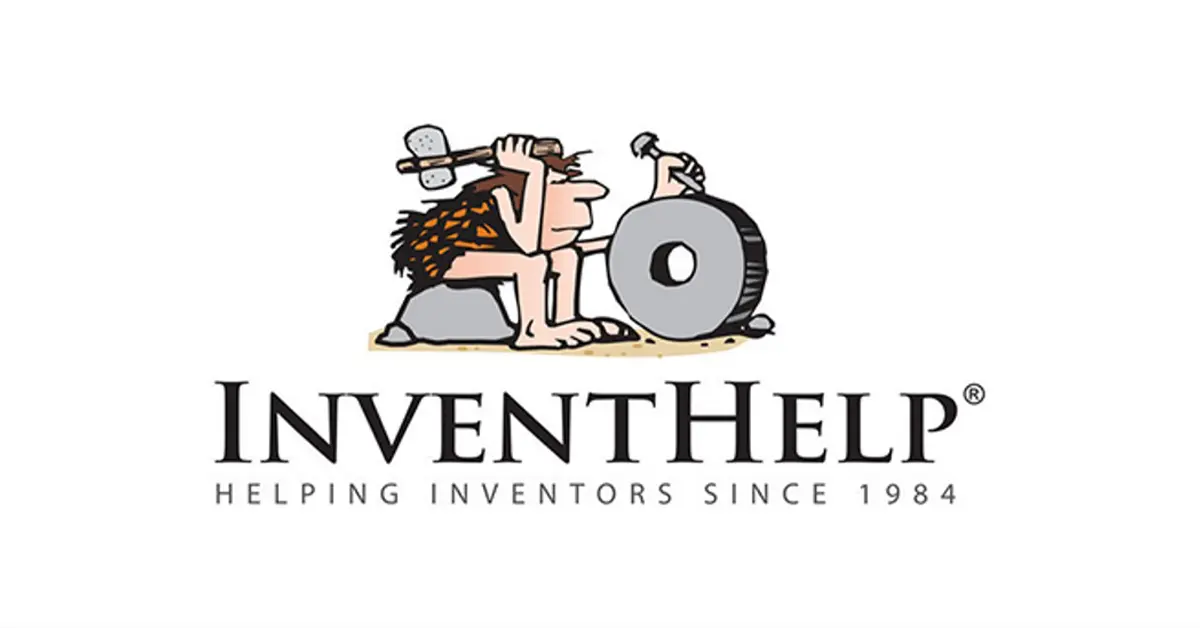3D Printing: Revolutionizing Prototyping
3D printing has transformed the way prototypes are created. With the ability to quickly and cost-effectively produce physical models of designs, inventors can iterate their concepts rapidly and efficiently. From complex geometries to functional prototypes, 3D printing opens up a world of possibilities for inventors across various industries.
Machine Learning and Artificial Intelligence: Powering Intelligent Solutions
Machine learning and artificial intelligence (AI) have emerged as powerful tools for inventors looking to create intelligent solutions to complex problems. From predictive analytics to natural language processing, AI technologies can be leveraged to enhance product functionality, automate processes, and even unlock new avenues for innovation.
Internet of Things (IoT): Connecting the Physical and Digital Worlds
The Internet of Things (IoT) is reshaping the way we interact with the world around us. By embedding sensors and connectivity into everyday objects, inventors can create smart, interconnected systems that gather data, analyze patterns, and provide valuable insights. Whether it's smart home devices, wearable technology, or industrial automation, IoT offers endless possibilities for inventive minds.
Blockchain Technology: Revolutionizing Trust and Transparency
Blockchain technology has gained traction beyond cryptocurrency, offering inventors a decentralized and secure platform for a wide range of applications. From supply chain management to digital identity verification, blockchain enables inventors to build trust and transparency into their solutions, disrupting traditional systems and processes.
Biotechnology and Genetic Engineering: Redefining Possibilities in Life Sciences
Advances in biotechnology and genetic engineering are unlocking new frontiers in healthcare, agriculture, and beyond. Inventors in these fields have the opportunity to develop groundbreaking therapies, sustainable agricultural practices, and innovative bio-based materials that address pressing global challenges and improve quality of life.
Augmented Reality (AR) and Virtual Reality (VR): Immersive Experiences
AR and VR technologies are transforming how we perceive and interact with the world. For inventors, these immersive technologies offer new avenues for storytelling, product visualization, and user engagement. Whether it's creating virtual prototypes, delivering immersive training experiences, or developing interactive marketing campaigns, AR and VR are reshaping the way we experience reality.
Quantum Computing: Unleashing Unprecedented Computational Power
While still in its infancy, quantum computing holds the promise of revolutionizing computational power and solving problems beyond the reach of classical computers. For inventors working on complex simulations, optimization problems, or cryptography, quantum computing represents a paradigm shift that could unlock new possibilities and accelerate innovation across various domains. Find additional information, view here https://instagram.com/inventhelp/
The landscape of invention is constantly evolving, driven by a diverse array of tools and technologies. By staying informed about the latest advancements and embracing innovative solutions, inventors can push the boundaries of what's possible and shape the future in meaningful ways. Whether it's leveraging 3D printing for rapid prototyping, harnessing the power of AI for intelligent solutions, or exploring the potential of quantum computing, the possibilities are endless for those with the creativity and vision to innovate.

